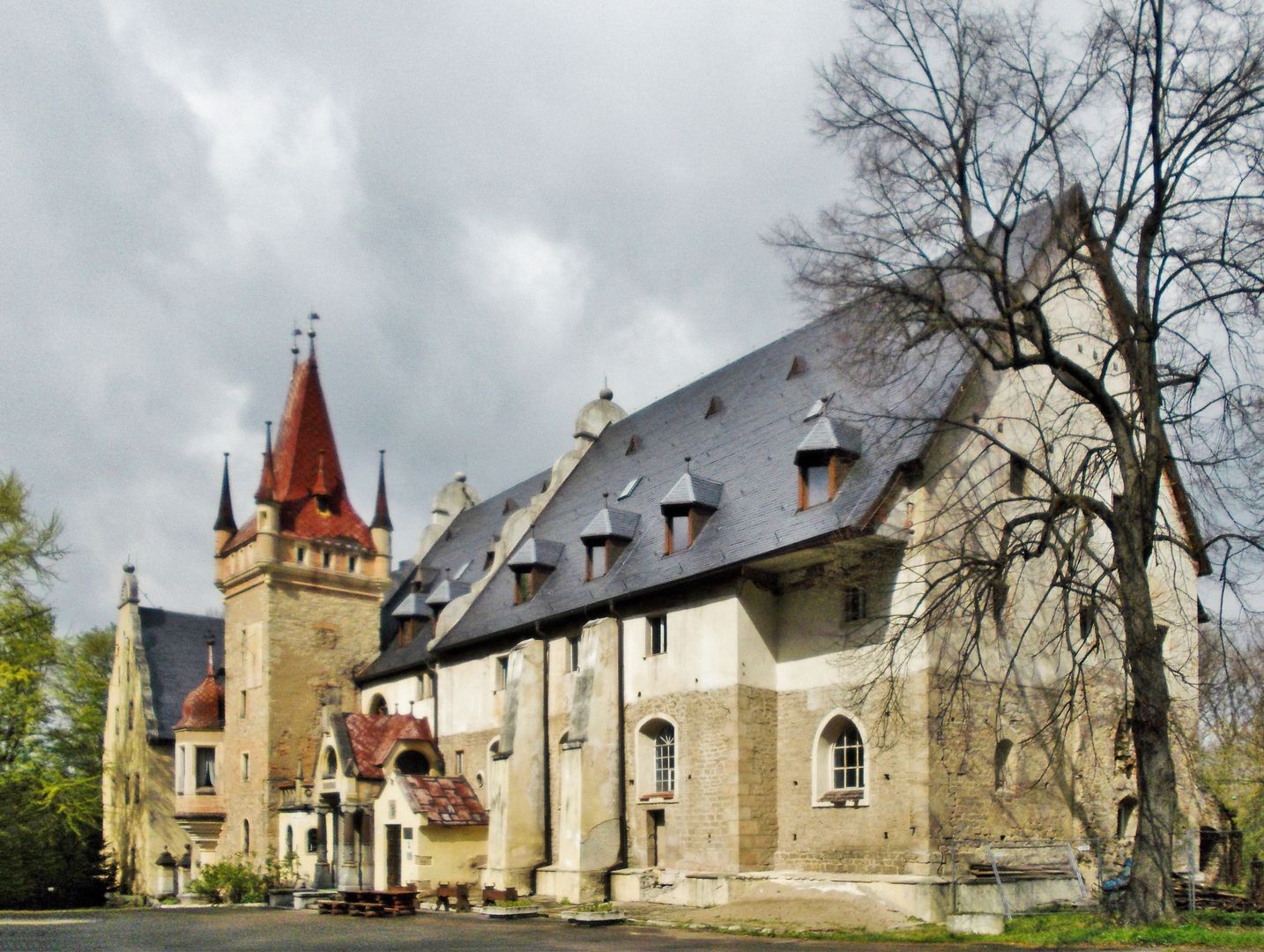Sobótka-Górka Palace
6.96

Overview
The Palace in Sobótka-Górka is a historic site with a rich history dating back to 1121, when a chapel for the Order of Canons Regular was founded on its grounds. Documents from Duke Henry the Bearded from 1204 and 1208, as well as from Pope Innocent IV in 1250, confirm the existence of the village of Górka and its church. Over the centuries, the site witnessed numerous events, including conflicts such as the attack by Bolesław the Bald in 1256. In 1428 and 1435, the Augustinian priory was destroyed by the Hussites, and reconstruction did not begin until the 15th century. The church underwent multiple modernizations, including a Neo-Renaissance renovation between 1886 and 1891, designed by Wilhelm Rhenius. The palace's architecture combines Gothic, Renaissance, and Neo-Renaissance elements, featuring a distinctive façade made of broken granite and brick. The complex includes a medieval chapel and a 16th-century tower. The grounds also feature gatehouses and 19th-century buildings, such as a brewery and an educational center. An interesting fact is that in the 20th century, the palace housed a hotel. Currently, the palace is not in use, and renovation and conservation work has been ongoing since 2002. The site is located at the foot of Mount Ślęża, in the picturesque Lower Silesian region, adding to its tourist appeal.
Location
2025 Wizytor | All Rights Reserved